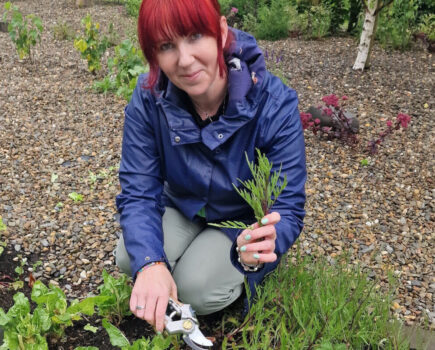Editor Kim Stoddart explains how to plant breed your own more resilient edible seed for free
There’s something really special about home or community seed saving. As well as the obvious money saving gain, the selection and collection of seed from plants you have lovingly grown provides a deeper full circle connection with our food, sense of place and planet. In the process of saving, we become guardians of the offspring of this year’s crops, carrying forth these precious little parcels of hope into the future.
You’ve probably saved a little of your own vegetable seed in the past, but there’s actually a rather lovely wide range of varieties that can be successfully worked with. Saving money on next year’s gardening bill is very nice, but the opportunity to obtain potentially more resilient, locally adapted seed is arguably even better, and more exciting still.
Now is also a perfect time to start thinking about seed saving, so here’s my pick of the best easy-to-save seeds and how to help boost your home-grown results in years to come.

A rich history of seed saving
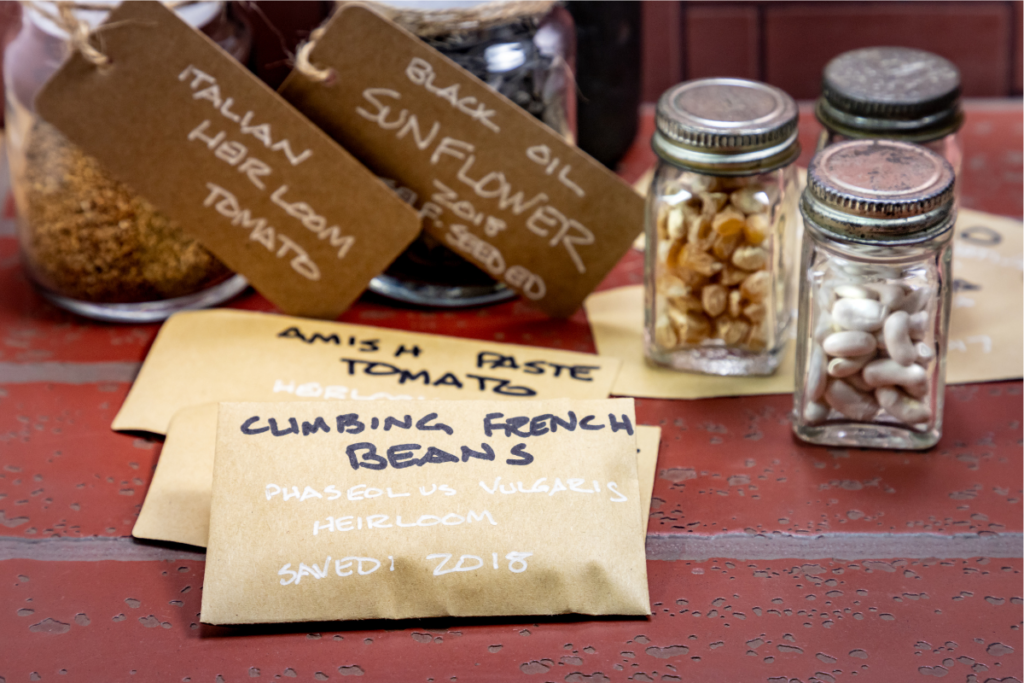
Of course there’s nothing new about seed saving. Completing the natural cycle by allowing certain plants to grow on and set seed is what used to happen before we had so many opportunities to buy commercial seeds. Although saving all of your own seed would be time-consuming and a lot like hard work (believe me I’ve tried), collecting, drying and storing some is incredibly rewarding, especially when you swap and barter with others, which has to be part of the home seed saving fun. Where you can get your hands on, for example, ’Bert from down the road’s’ broad beans, which have been saved by the same family through three generations because they grow so well, can take food growing onto whole new levels of enjoyment and meaning.
Tomatoes
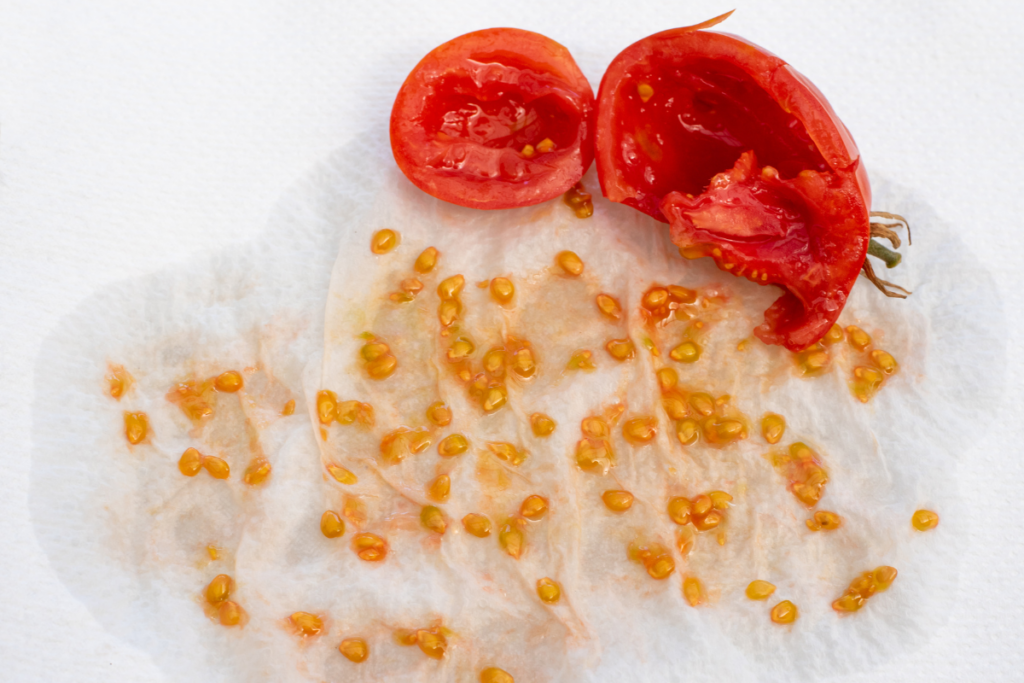
There are a few ways to go about saving lovely tomato seeds. First off, choose to save from a plant that is heathy, productive and which has produced flavourful fruit. Maybe one tomato plant has produced fruit which has been more delicious than the others nearby? Definitely save from this one if so.
Has a plant also coped well with the recent heat, with fruits splitting less even though you’ve watered plants all the same? Again, this is a good plant to save from in which case.
Allow a few fruits from your chosen plant/plants to fully ripen on the vine as you want your seed to be as strong and complete as can be. Then remove the fruit and leave them on a windowsill inside to further ripen for a few days before cutting them in half and removing your seed, before eating and enjoying. First things first!
I don’t bother with fermenting the seed in water to remove the gel surrounding them, I just place my seeds apart on card or tissue and leave them out to gently dry. This works just the same and once dry, they can then be safely stored away.
Top Tip If you have an undercover growing space such as a greenhouse, polytunnel or cold frame, then an old market gardener’s trick is to bury a few tomatoes whole in the ground or in pots at the end of the season. This way they will germinate when ready the following spring so you can remove your free seedlings to plant elsewhere.
Chillies
Although chilli plants can cross if you are growing different varieties together, any saved seed will just produce potentially hotter chillies, so if you like growing chillies that’s probably not a bad thing. They are also very easy to save from, just remove seed (being careful what you touch with your fingers afterwards!) and leave them to dry before storing.
When it comes to quality control, again go for flavour, use healthy-looking, productive plants that coped well with the summer and displayed all-round resilience. These are the traits you want in future plants.
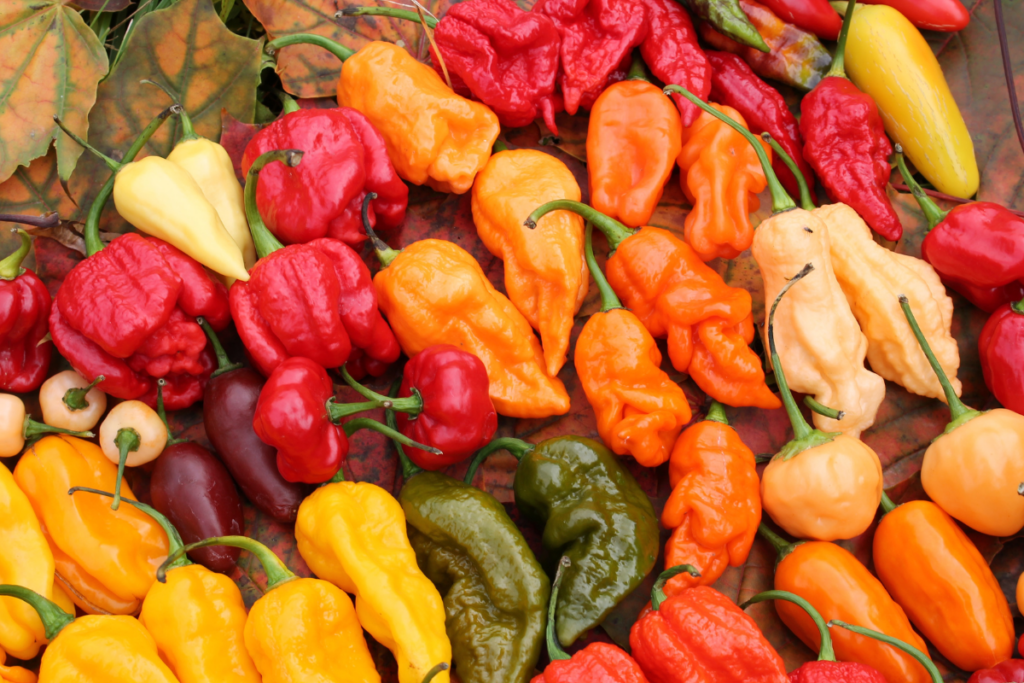
Peas
Easy peasy, of course, springs immediately to mind as these plants are always true to type and are a seed-saving must. Again, pick the best performers to work with, and choose well fattened pea pods for the best-sized parcels of seed to bring inside for saving. When they start to turn yellow they are ideal for this purpose. Remove the shell surround and leave the peas to dry out inside. Just be sure to choose pods with no sign of disease or insect damage in or out.
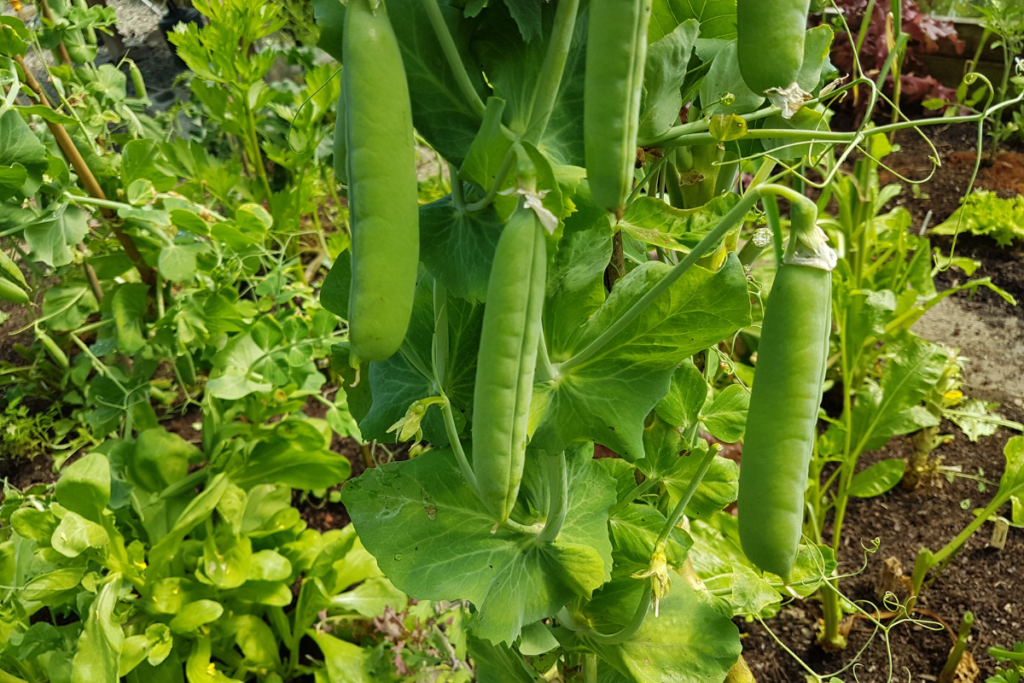
French beans
Of all the beans, these are the most reliable for the gardener to save. In the case of other beans such as runners and broads, they can cross with other varieties if they were flowering at the same time, so you might just end up with a new bean cross – though this isn’t necessarily a bad thing.
When leaving a few beans to fatten for saving it will probably stop the plant producing fresh pods, so choose a few plants to save from, leaving others in full productive swing for further lovely harvests.
Radish
Choose to save from good sized examples which haven’t bolted (grown up to flower and seed quickly) as these are not traits you want to carry forward. One radish can produce a lot of seed pods so you don’t need to save from many and this is straightforward to do. The plant also produces pretty flowers in the interim which are loved by pollinators and look nice on the veg patch.
Lettuce


Last but by no means bottom of the list, lettuces an absolute must for home seed saving. You get an awful lot of seed, so it really is worth allowing a few plants to grow tall, flower and set seed. As they shoot up, the leaves will start to become a little bitter, so not suitable for eating, but the resulting blooms are incredibly pretty as they go about making their seeds. As always, select healthy plants, not those that swiftly ‘reach for the sky’ during a dry period. It helps to remove the lower leaves as they grow tall and, if the weather is dry, they can be left in situ for the seed to fully form. If it’s very wet for a prolonged period at this stage the seed can rot, in which case it is best to keep an eye out, maybe cover the plant top with a clear plastic cover, or cut the seed head to bring inside to dry out in the final stages.
How to successfully store seed

Do make sure seed is fully dry first
It is best stored in paper or card. I use old seed packets
Do make sure there are no insects coming along for the ride when packaged away
Store somewhere cool and dry (away from radiators).
Your seed should then last a good few years.
……………
A word on F1
It’s not worth trying to save seed from any varieties you’ve grown which are labelled F1 on the packet. This is because any resulting plants won’t grow what is called ‘true to type’ because F1 means that the seed has been bred from different parent varieties so any resulting saving could end up with anything, but not the variety you are hoping to replicate. There are also patenting issues which mean you are not supposed to save from F1 seed. The Gaia foundation has some interesting videos on this topic if you’d like to find out more gaiafoundation.org/films
Find more tips, advice and articles like this at the Amateur Gardening website. Subscribe to Amateur Gardening magazine now




